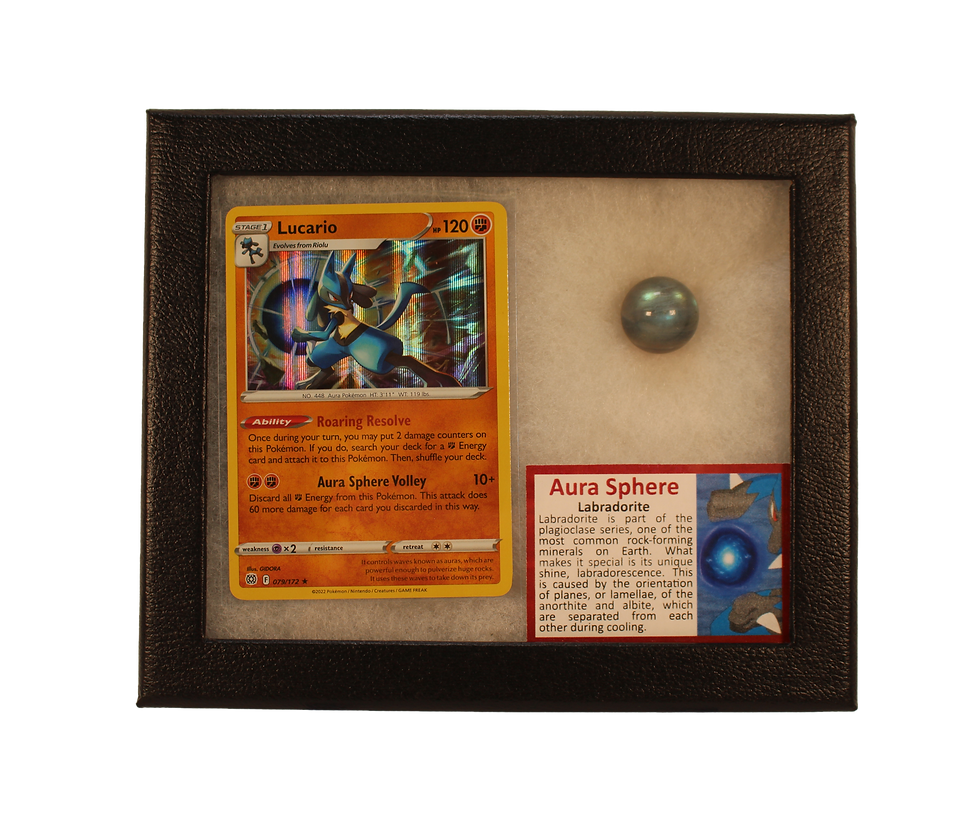The Acheroraptor, a member of the dromaeosaurid family and often referred to as the "American raptor," existed during the Late Cretaceous period, around 66 to 68 million years ago. While Acheroraptor shared some characteristics with its more famous relative, Velociraptor, it also had unique features, particularly in its dental anatomy.
The teeth of Acheroraptor were a distinctive aspect of its predatory adaptation. Similar to other dromaeosaurs, Acheroraptor bore serrated teeth, though smaller in size compared to some of its larger relatives. These serrations along the edges of the teeth served a crucial purpose in efficiently slicing through flesh and facilitating the consumption of prey. The overall structure of the teeth suggests a diet that primarily consisted of smaller vertebrates and possibly even herbivorous dinosaurs.
Acheroraptor's teeth were well-suited for capturing and manipulating its prey, indicating a hunting strategy that involved quick and precise strikes. The shape of the teeth, though not as massive as those of the Tyrannosaurus rex, reflected the predatory adaptations necessary for survival in its Late Cretaceous ecosystem. The efficient design of its dental arsenal enabled Acheroraptor to play a role as an agile and adept predator in the diverse prehistoric landscapes of North America.
As with many other theropod dinosaurs, Acheroraptor's teeth were subject to replacement throughout its life, ensuring that the predator maintained functional and effective dentition over time. The study of Acheroraptor's teeth provides valuable insights into the dietary preferences and ecological niche of this American raptor, contributing to our understanding of the complex interactions between predators and prey during the Late Cretaceous period in North America.
top of page
SKU: FOST47
$300.00Price
Related Products
bottom of page



















